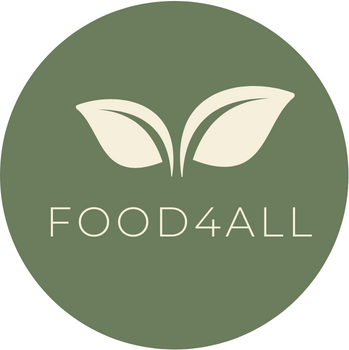There are many ways to source local foods.
- Farmer markets and farm stands
Vendors display an array of products on tables at this bustling event. Together, the vendors create a distribution center where individual customers shop on a recurring basis. The market is open at the same time(s) each week to accommodate both the vendors and the customers.
Produce availability fluctuates with the growing season but the market continuously supplies eggs, meats, cheeses and baked goods. Some farmers’ market organizers allow sale of non-local produce so that variety is available year-round to encourage return customers who want a one-stop-shop experience. Other markets are seasonal so they are not operated in the winter.
2. Pick your own and agri-tourism
Have you ever roamed a field like a happy tourist to pick berries, apples, or pumpkins? Seeing food in the field teaches visitors where their food originates and these experiences are memorable. Farms will specifically advertise if they allow pick your own and fun farm activities. Businesses are open during their own posted hours and will only offer harvest during a short couple of weeks when the produce is ready to be harvested. For most people, agri-tourism is an experience rather than a weekly source of food.
3. Farm to school programs
How can we connect students with healthy food? One solution to this question is the joint effort between local farms and schools to serve healthy food. Children appear to be interested in local fruits and vegetables when the produce is fresh and flavorful. They are especially interested when they have seen it in a garden. However, some schools do not have a kitchen to prepare the food and other kitchens are understaffed. Also, small kitchens have little storage space for bulky fresh foods.
4. Grocery stores
Local food is a popular scene on grocery store shelves. The demand for local food and the desire to support local economies has increased the quantity of local food carried by grocery stores. People buy the majority of their food from grocery retailers so with easily available local food, the local food movement becomes more socially inclusive. Local foods are identified using signs with the area of origin.
